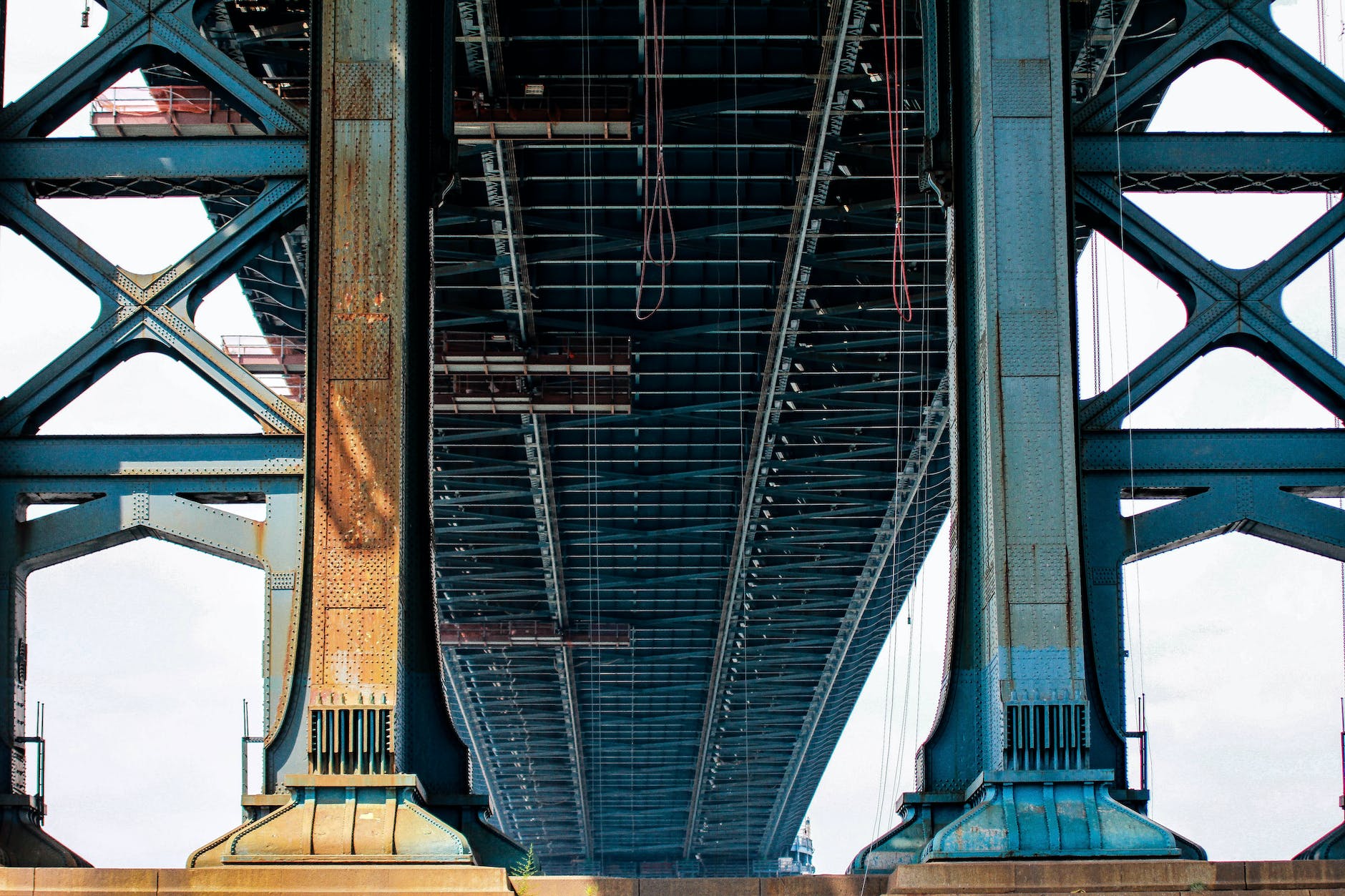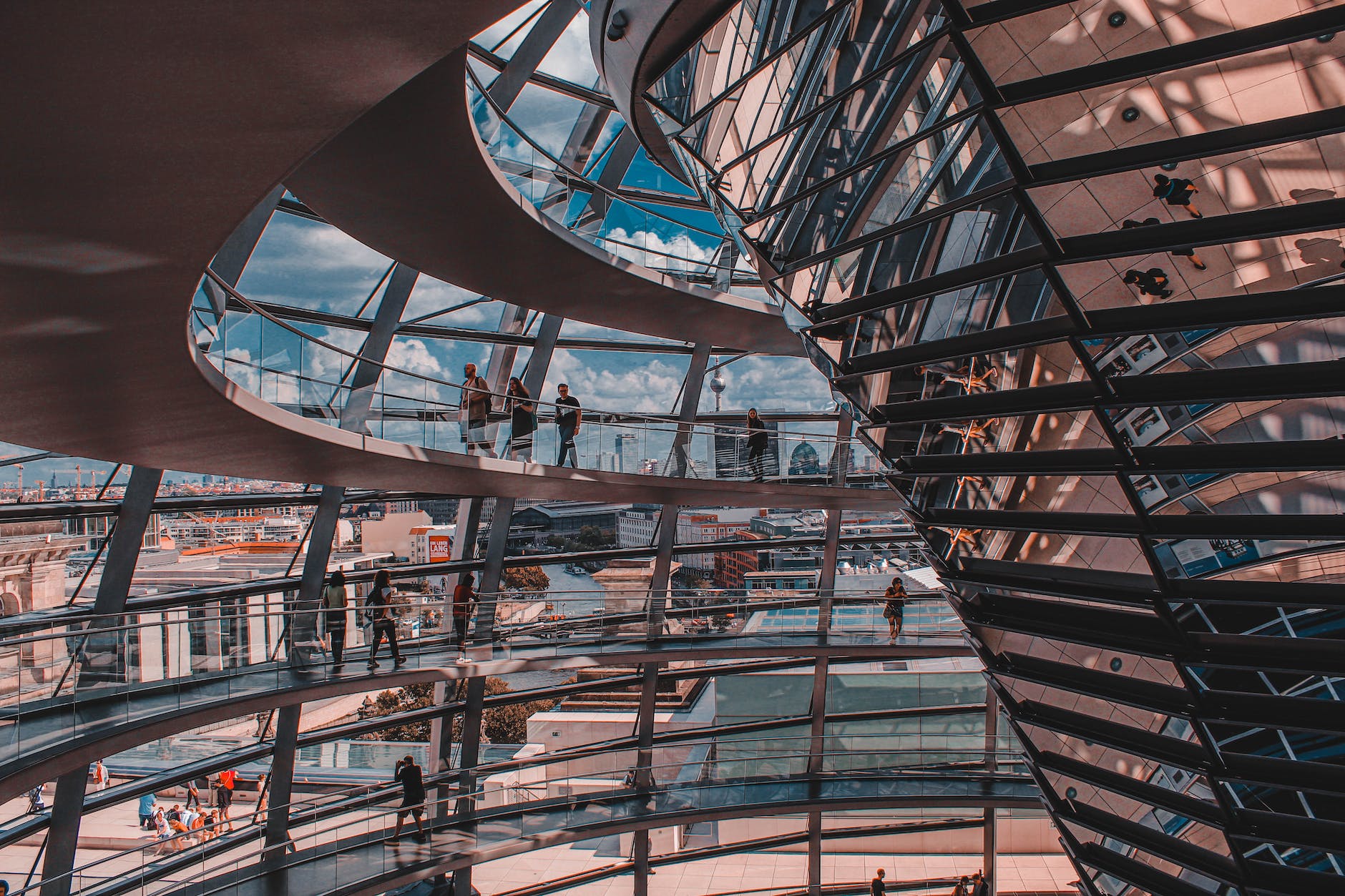Designing a Culture of Empathy: Weaving Humanity into the Fabric of Creativity
By jsrothwell
January 6, 2024
In the ever-evolving landscape of design, the term “culture” extends beyond aesthetic preferences and creative processes. It’s about fostering an environment where empathy and humanity become the driving forces behind every pixel, line, and color choice.
Setting the Foundation:

Building a design culture rooted in empathy begins with understanding that behind every project, every brief, there are real people. It’s not just about meeting client expectations; it’s about connecting with the human experience they represent. This realization becomes the cornerstone of a design ethos that transcends mere aesthetics.
The Power of Human-Centered Design:
Human-centered design is more than a buzzword; it’s a commitment to putting people at the heart of the creative process. Empathy becomes a tool, allowing designers to step into the shoes of the end-users, to understand their needs, aspirations, and challenges. In doing so, designs cease to be just visual elements; they become solutions crafted with genuine understanding.

Open Communication as a Catalyst:
A culture of empathy thrives on open communication. Designers should feel encouraged to share their ideas, experiences, and even struggles without fear of judgment. It’s through these candid exchanges that a team becomes more than just a group of individuals; it becomes a collective with a shared understanding of the human impact their designs can have.

Embracing Diversity and Inclusivity:
True empathy extends beyond understanding; it embraces diversity. A design culture with humanity at its core acknowledges the richness that diverse perspectives bring. It actively seeks out inclusivity, recognizing that varied experiences contribute to more thoughtful, relevant, and impactful designs.

Mistakes as Opportunities for Growth:
In a culture of empathy, mistakes are not failures but stepping stones to improvement. Designers are human, and acknowledging errors becomes a communal experience. It’s about learning from missteps, supporting one another through challenges, and growing collectively. This fosters an environment where creativity flourishes amid the acceptance of imperfection.
Leadership’s Role in Nurturing Empathy:
Leaders set the tone for the entire team. In a design culture infused with empathy, leaders don’t just manage projects; they mentor, inspire, and genuinely care about their team members. By demonstrating empathy, leaders create a ripple effect that permeates every aspect of the design process.
Celebrating Impact Beyond Aesthetics:
As designs come to life, the true measure of success lies not only in visual appeal but in the impact on people’s lives. Empathy-driven designs have the potential to solve real-world problems, evoke emotions, and leave lasting impressions. Celebrating these impacts becomes a source of collective pride for the entire design team.
In Conclusion:
Design, at its core, is a reflection of the human experience. Building a design culture with real empathy and humanity elevates the creative process from a technical task to an art form that resonates with people on a profound level. It’s a journey of understanding, openness, and shared growth that transforms design into a force for positive change.
In weaving empathy into the fabric of creativity, we don’t just design; we connect, empathize, and, in doing so, leave an indelible mark on the world.
#DesignCulture #EmpathyInDesign #HumanCenteredDesign #CreativityWithPurpose #DesignLeadership
creative process, design culture, diversity in design, empathy in design, Human-centered design, impact-driven creativity, Inclusive Design, leadership, open communication, team collaboration